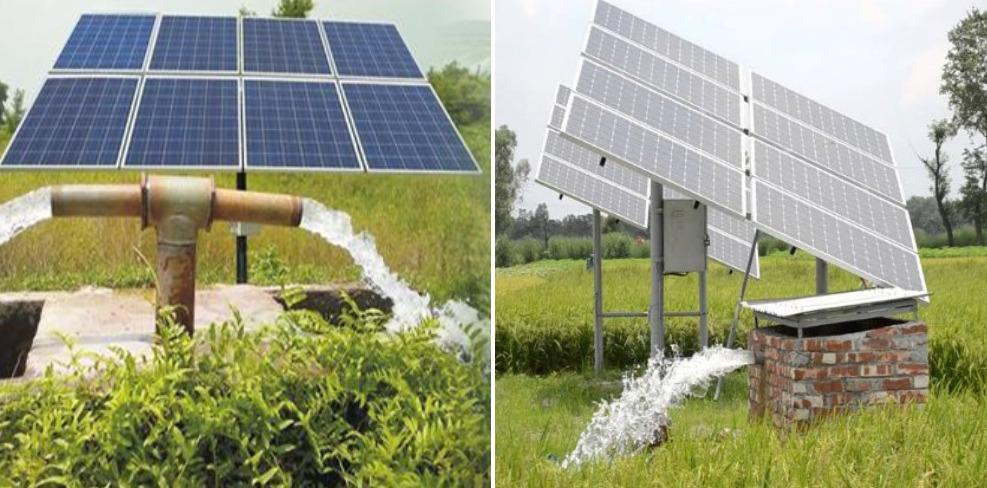Solar-powered irrigation systems (SPIS) are a clean technology option for irrigation, allowing for the use of solar energy for water pumping, reducing greenhouse gas (GHG) emissions from irrigated agriculture, and substituting fossil fuels as an energy source.
SPIS’s long-term viability is highly dependent on how water resources are managed.
Solar photovoltaic (PV) panels create electricity, which is used to power pumps that collect, lift, and distribute irrigation water in a solar-powered irrigation system (SPIS). From individual or community vegetable gardens to huge irrigation schemes, SPIS can be used in a variety of settings.
Bringing Solar Energy Into Mix
The quantity of solar energy that reaches the Earth in a single hour is greater than the entire globe uses in a year!
However, small-scale farmers have only had access to the sun as a source of energy for running water pumps in the last decade, as the cost of solar photovoltaic (PV) panels has dropped. This is a great opportunity for rural off-grid farms to increase crop production while also surviving the dry season in a sustainable manner.

The conversion of solar energy to water pumped is straightforward with a Futurepump solar pump. The solar panel receives sunlight and turns it into electrical energy. This electrical energy drives a motor and a flywheel, which in turn drives a piston that suctions and pushes water. Because this system is so simple, it has fewer moving parts and requires less maintenance, resulting in less downtime and expenditure.
Furthermore, during the dry season, when crops demand the greatest irrigation water, solar energy is free and abundant. Farmers who efficiently harness this free energy by pumping water to the fields and into elevated tanks during the day, when the sun is at its brightest, can reap significant rewards.
Benefits:
1. Energy Independence
Solar PV can provide a reliable source of energy for irrigation water pumping in distant places, particularly those that are not connected to the power grid or do not have a consistent supply of liquid fuels or maintenance services.

Rural electrification and productive usage applications can benefit from the distribution of excess electricity via local grids.
2. Water Accessibility during the dry season
During the dry season, when groundwater is the only available water source or when surface water must be transported over great distances, SPIS can assist buffer the effects of drought and overcome water stress.
When solar PV pumps are used to replace water hauling, it can free up a significant amount of time that can be spent on more profitable pursuits, such as dry season farming.
3. Enhances Food Security And Income
SPIS can help sustain, increase, and diversify production (for example, vegetable production during the dry season to supplement mainstay crops) by improving the availability of water. Excess produce can be sold on the market to make money.

Increased food supply can help small-scale farmers and their communities improve their food security and nutritional intake. This is demonstrated in a study by Burney et al. (2009), in which SPIS allowed for a significant increase in vegetable consumption in daily diets.
Also Read: 8 Best Apps In India For DigiFarming.







